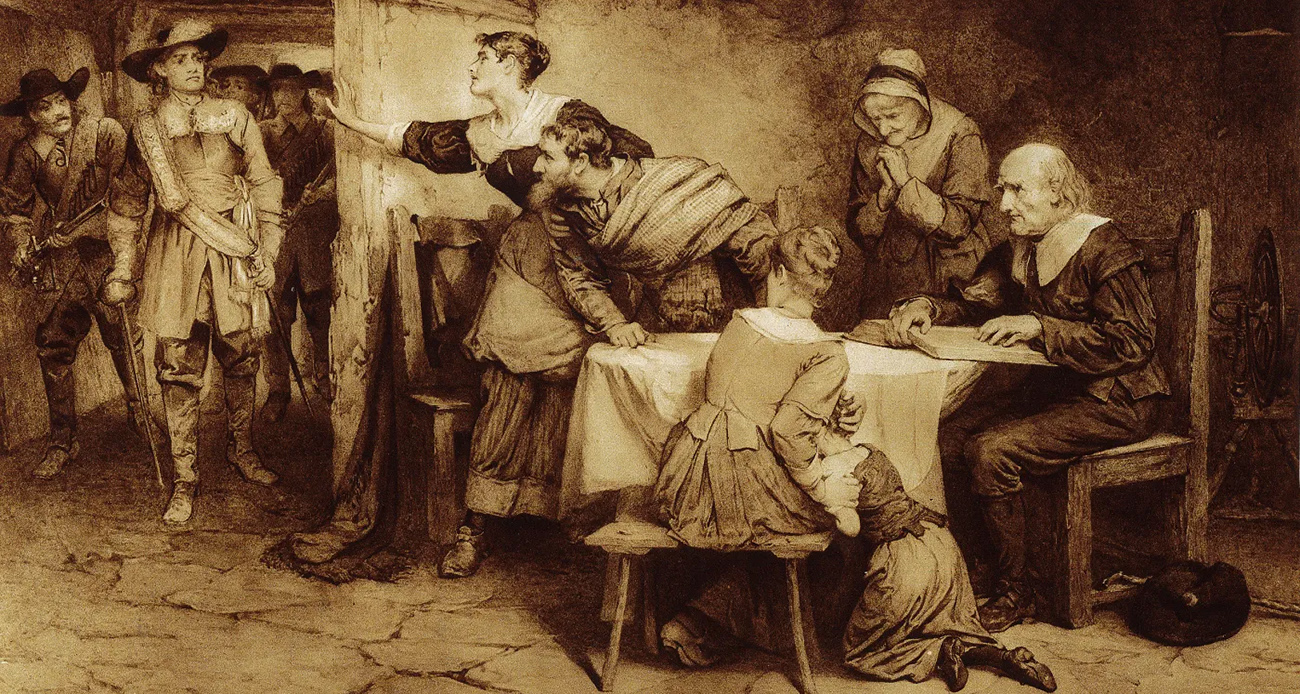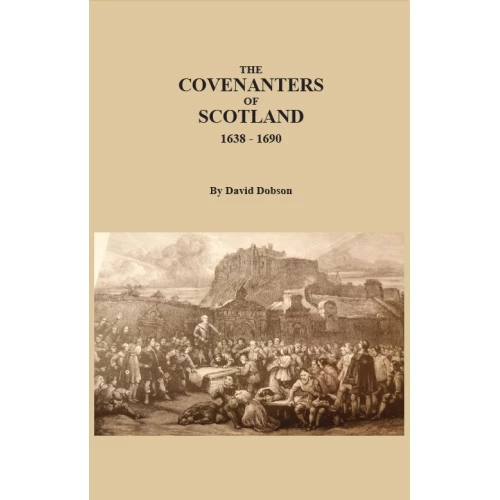
As Dr. David Dobson explains in his new book, The Covenanters of Scotland, 1638-1690, the Wars of the Covenant occurred between 1639 and 1651, when Scotland and England were two independent countries, though both were subject to King Charles I. The cause of the Covenanter movement lay in the attempts of the Stuart kings to impose Anglicanism on a basically Presbyterian Church of Scotland and to make the Stuart kings head of the Church of Scotland in line with their position in the Church of England.
In 1638 a National Covenant was subscribed to throughout Scotland, which demanded that general assemblies and parliaments be free of royal control. Charles duly raised an army to subdue the Scots. As there was no standing army in Scotland, the Covenanters were faced with raising one from scratch. However, there were thousands of Scottish soldiers of fortune in the service of the Netherlands, Sweden, and Denmark who were persuaded to return to form the basis of a Scottish army. Besides the former mercenaries, this Scottish army was composed of Lowlanders and Highlanders from Argyll.
After many military skirmishes and battles both in Scotland and northern England, in 1647 King Charles I surrendered to the Scottish Army, which handed the King over to Oliver Cromwell. King Charles I was tried and executed in London. England became a republic while Scotland chose to remain a kingdom. Charles’s son, then in exile in the Netherlands, was brought to Scotland and crowned at Scone as King Charles II of Scotland.
In response, Cromwell’s army invaded Scotland and defeated the Scottish Army in 1650. Thousands of Scots were taken prisoner, and many were transported for sale to the colonies or plantations and elsewhere. King Charles II escaped exile in Holland, where he remained until the Restoration in 1660. When the monarchy was restored in 1660 the Covenanters were again subject to unacceptable policies. This led to armed Covenanter risings in Scotland. In the aftermath executions, deportations, and fines were used to impose the policy of King Charles II. Many Covenanters went abroad, mainly to the Netherlands and Ireland. The government also banished significant numbers of Covenanters to the plantations or colonies in America and the West Indies.
In 1685 King Charles II died and was succeeded by his brother as King James VII of Scotland and King James II of England and Ireland. King James, however, was a Catholic–something unacceptable to the Protestants of England and of Scotland. In Scotland the Covenanter Earl of Argyll returned from exile to lead a rebellion from Argyll in 1685. When the rebellion failed, he and other leaders were executed and 150 of his men were transported to Jamaica. In 1689 the Scots Parliament offered the crown to William of Orange and his wife Mary Stuart, which was opposed by followers of King James II. A Jacobite army unsuccessfully clashed with the government army in 1689. This, and the Battle of the Boyne in Ireland in 1690, ended the rule of the Stuart kings.
In this new work, Dr. David Dobson has identified nearly 2,500 Covenanters by name, verdict, date and vessel of banishment, place of exile, often additional particulars about the individual, and the source of the information—as in the case of Patrick Urie below:
URIE, PATRICK, a notorious rebel in Glasgow Tolbooth, was to be tried for his life in October 1684. [RPCS.IX.710]; was banished to the Plantations on 5 September 1685, transported via Leith aboard the Henry and Francis bound for East New Jersey. [RPCS.XI.155].
See also:






Comments are closed.